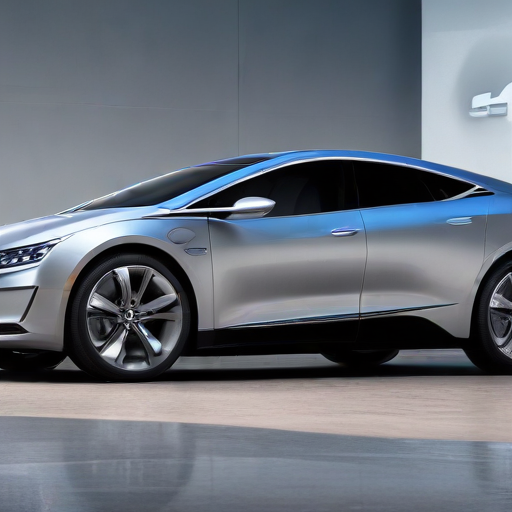General Motors is raising its financial outlook for 2024 after surpassing Wall Street expectations during the second quarter of the year. The automaker has increased its anticipated adjusted earnings for the year to a range of $13 billion to $15 billion, up from a previous estimate of $12.5 billion to $14.5 billion. Additionally, GM has revised its projections for operating cash flow and earnings per share, while slightly lowering expectations for net income attributable to shareholders by less than 1%, now estimated between $10 billion and $11.4 billion.
In terms of revenue, GM reported $47.9 billion for the second quarter, which marks a more than 7% year-over-year growth and exceeds Wall Street’s forecast of $45 billion. Earnings per share reached $3.06, significantly higher than the anticipated $2.71 and showing a 60% increase compared to last year. Net income also rose by 14%, climbing to $2.9 billion from $2.5 billion.
Following the announcement, GM’s stock saw a nearly 5% increase in pre-market trading, contributing to a year-to-date rise of over 37%. On Monday, GM also declared a cash dividend for the third quarter, further boosting investor confidence.
In a message to shareholders, CEO Mary Barra highlighted the success of their gasoline-powered trucks and SUVs. She also stated that GM is in the midst of introducing eight new or redesigned models in North America, while scaling production of the electric Chevrolet Equinox. Despite this positive momentum for electric vehicles (EVs), Barra acknowledged earlier this month that GM would not meet its target of producing 1 million EVs in North America by the end of 2025, attributing the shortfall to a market slowdown. Nevertheless, GM plans to remain flexible and “build to demand,” indicating a commitment to adapt to consumer needs.
Additionally, Barra announced a strategic shift with Cruise, GM’s self-driving unit, which has abandoned its plans for the Origin vehicle due to past operational issues. The focus will now shift to using the next-generation Chevrolet Bolt for testing in Texas and Arizona. GM incurred a $600 million charge because of halting Origin production in Detroit, but Barra believes that using the Bolt will help address regulatory concerns and reduce production costs.
Finally, GM is also working on restructuring its joint venture with SAIC Motor in China, as it continues to face losses – recording a $104 million loss in the second quarter alone. Production cuts in June resulted in a 70% decrease, with only 26,000 vehicles delivered, which is half of last year’s figures.
This optimistic outlook from GM, even amid some challenges, reflects the company’s commitment to innovation, adaptability, and long-term growth in a rapidly changing automotive landscape. By refining its strategy in both traditional markets and the emerging electric vehicle space, GM aims to solidify its position as a leader in the industry.
Overall, the news underscores GM’s resilience and its strong performance in a competitive market while paving the way for advancements in electric and autonomous vehicles.
